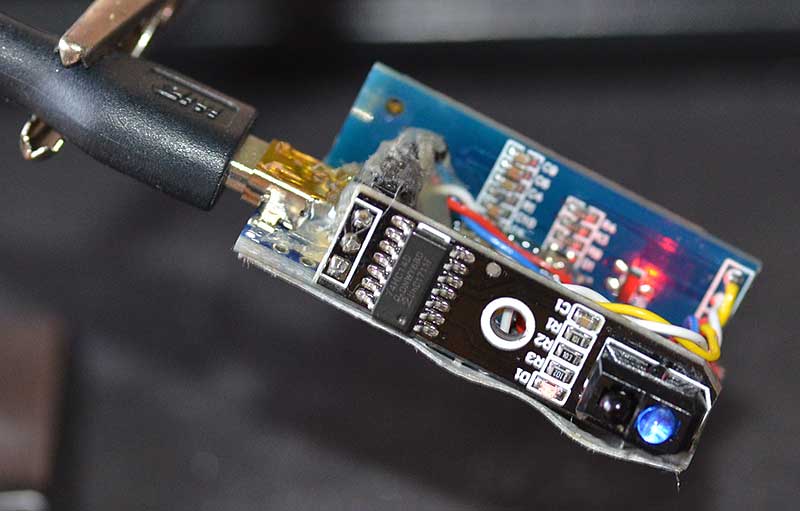
How to Read Tachometer in Car: A Complete Guide for Enthusiasts?
Share
For tech professionals and car enthusiasts, understanding your vehicle's performance is crucial. A tachometer is an essential tool that can help drivers keep track of engine speed and optimize driving performance. In this article, we will delve deep into how to read tachometer in car effectively, providing you with insights and tips to master this crucial aspect of vehicle operation.
A tachometer, often found on the dashboard of a vehicle, is an instrument that measures the engine's revolutions per minute (RPM). By reading the tachometer correctly, you can monitor engine performance and efficiency, avoiding potential mechanical issues while enhancing your driving experience.

What Is a Tachometer?
The tachometer provides vital information about your engine's performance. It displays the RPM, allowing you to make informed decisions about gear changes, speed adjustments, and overall vehicle control.
For more on how tachometers function, you can refer to this detailed article.
Understanding the Dial
Tachometers typically feature a dial or digital display with numbers indicating RPM. Most conventional models use a needle that moves across the dial as the engine speed increases. The colors on the dial can indicate different ranges; for instance, green indicates safe operating speed, while red signifies peak performance or stress on the engine. Knowing where these indicators lie helps drivers manage their vehicle's performance.
RPM and Gear Shifting
One of the significant aspects of reading a tachometer is using it to determine the right moment to shift gears, especially in manual transmission vehicles. Keeping the engine RPM within a certain range can lead to optimal performance, fuel efficiency, and engine longevity. Understanding the specific RPM range for your car's engine type is critical.
How to Read the Tachometer Effectively
Now that we have established the importance of the tachometer, lets look at how to read it effectively:
- Know Your Engine's Optimal RPM Range: Every car has a unique RPM range. Refer to the owners manual to understand where your engine performs best.
- Watch for Color Codes: Pay attention to color-coded regions. Avoid the red zone unless necessary.
- Use Engine Sound as a Guide: Experienced drivers often use engine sound in conjunction with tachometer readings to determine when to shift gears.
- Refrain from Over-revving: Avoid pushing your engine past the recommended RPM as this can cause excessive wear.
Common Mistakes in Reading Tachometers
Many drivers make the mistake of ignoring the tachometer altogether or misinterpreting the readings. Here are some common mistakes:
- Shifting Too Late: Failing to shift gears at the right moment can lead to engine strain and fatigue.
- Over-reliance on Gear Indicators: Dont rely solely on indicators; always correlate with the tachometer.
- Ignoring Engine Sound: Often, the engine's sound provides immediate feedback about the right RPM for shifting.
The Importance of Tachometer in Modern Vehicles
In todays tech-savvy world, many vehicles are equipped with advanced tachometers that are part of a more extensive electronic dashboard that enhances user experience. Understanding how to read tachometers in modern cars can significantly improve driving performance.
For further insights into related technologies impacting vehicles, explore this link on paint quality on motorcycles.
Conclusion
Reading the tachometer is a skill every driver should learn. It can enhance your driving capabilities, increase fuel efficiency, and protect your engine from unnecessary wear. Whether you drive a sports car or a compact vehicle, familiarize yourself with the tachometer to make the most of your driving experience.

FAQs
What Is the Red Zone on a Tachometer?
The red zone indicates the engine's maximum RPM. Operating in this zone for prolonged periods can cause damage to the engine.
Can a Tachometer Help with Fuel Efficiency?
Yes, understanding when to shift gears using the tachometer can optimize fuel consumption and increase mileage.
Are All Tachometers the Same?
No, tachometers can differ based on vehicle type. Manual transmission vehicles generally require more attention to tachometer readings than automatics.
For more information on various automotive technologies, check out this article: paint weight on aircraft.
